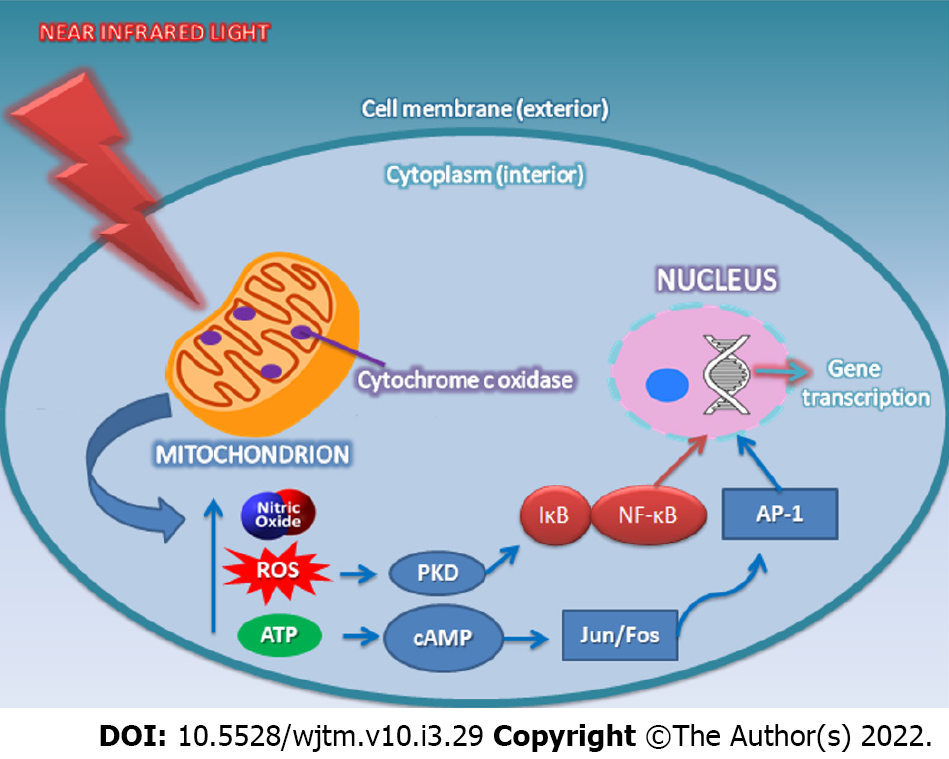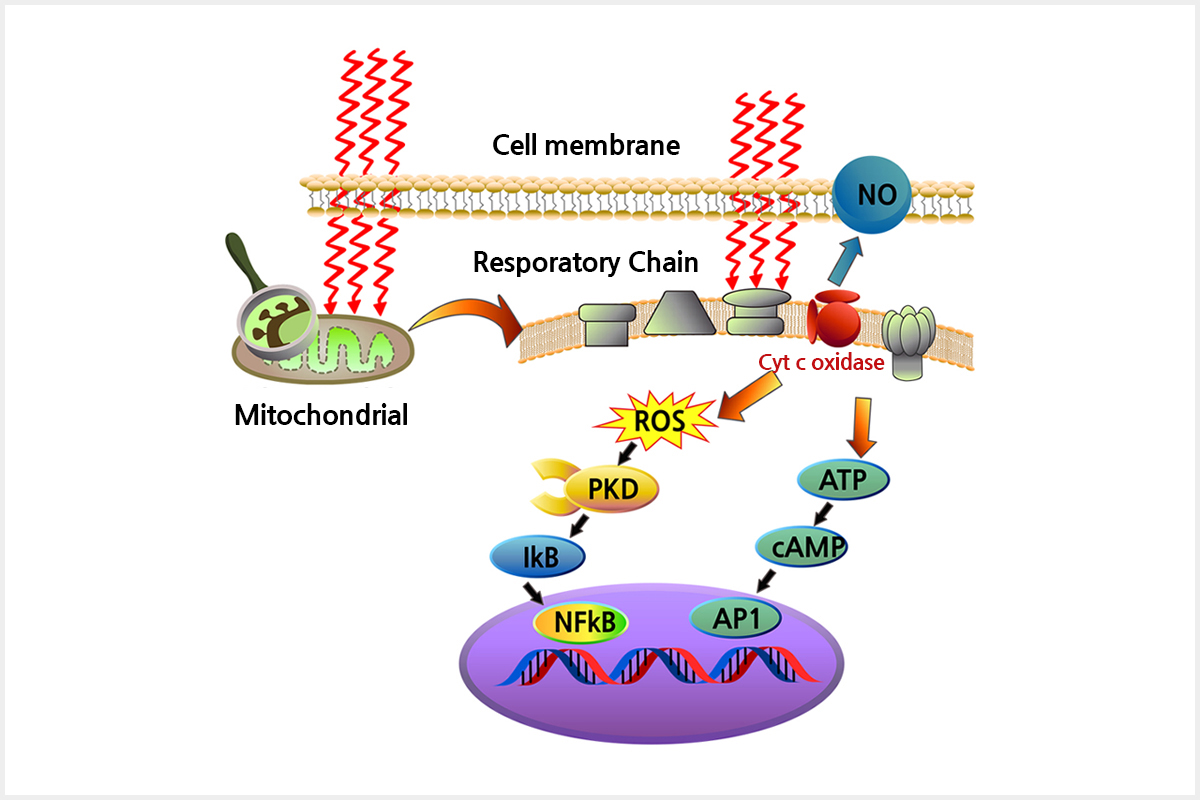Photobiomodulation Fundamentals Explained
Wiki Article
The Best Strategy To Use For Photobiomodulation
Table of ContentsThe 9-Minute Rule for PhotobiomodulationPhotobiomodulation Can Be Fun For EveryoneThe 4-Minute Rule for PhotobiomodulationThe Best Guide To Photobiomodulation
Laser therapy is a medical treatment that uses concentrated light to promote a process called. During PBM, photons enter the cells and engage with the cytochrome c complex within mitochondria. This interaction sets off a biological waterfall of events that brings about a rise in mobile metabolic process, which can in addition to accelerate the recovery process.There is agreement that the application of a restorative dosage of light to impaired or dysfunctional cells causes a cellular action mediated by mitochondrial devices. Photobiomodulation. Researches have shown that these changes can affect pain and inflammation, as well as, cells repair work
Adjustments in ATP, reactive oxygen varieties and nitric oxide adhere to light absorption by Cc, O. These effects are redox state and dose reliant. In hypoxic or otherwise stressed out cells it has been revealed lot of times that adhering to, nitric oxide is released, ATP is boosted and oxidative anxiety is lowered [27-31]

A Biased View of Photobiomodulation
PBM devices have been gotten rid of for advertising and marketing by FDA via the Premarket Notification/510( k) process as adjunctive gadgets for the short-lived alleviation of pain. These clearances were based on the presentation of medical data to sustain such insurance claims (Photobiomodulation). In this therapy, a source of light is positioned near or touching the skin, allowing the light power (photons) to penetrate tissue where it connects with chromophores found in cells resulting in photophysical and photochemical adjustments that lead to modifications at the molecular, mobile and tissue degrees of the bodyRemarkably, recent study shows that light can enhance efficiency in regular tissues and cells. The potential applications of PBMT are countless and are being explored experimentally at the standard scientific research, pre-clinical and clinical level. The existing medical uses are for the alleviation of pain and swelling and the treatment of sports injuries.

The therapy parameters and variety of sessions needed for PBMT are reliant upon location and reason. PBMT normally calls for more than one treatment for ideal pain relief. It may take several treatments for the click to investigate results to come to be apparent. records that it can take anywhere from 8 to 30 sessions for a treatment to be fully efficient, and some clients locate it essential to go through therapy 2 to four times weekly.
The Greatest Guide To Photobiomodulation
Therapy parameters for PBMT were initially established utilizing cells artificial insemination and in small pet versions. These treatment criteria generally had a reduced irradiance and fluence and worked well for cutaneous applications. When medical professionals started to make use of PBMT to treat structures that were situated deeper in the body, they used these specifications with adverse results.
We currently recognize that these negative research studies resulted from incorrect gadget and treatment specifications for transcutaneous treatment of much deeper frameworks. Recent advances in laser therapy gadgets and even more study into the ideal dosages have dramatically improved the results of PBMT. For dealing with deep cells, the wavelength of light made use of identifies the depth of infiltration right into a cells.
It is vital that a medical professional utilizes the appropriate wavelength of light and specifications to deal with a condition. One wavelength and one collection of therapy parameters will certainly not be reliable for all conditions. Negative side impacts have not been reported from the use of PBMT.
3 Easy Facts About Photobiomodulation Shown
In the initial experiment, Dr. Endre Mester, used shaved rats and observing just how the laser affected their capacity to grow hair compared to the team that was not getting LLLT. He located that the group of computer mice receiving LLLT were able to expand their hair back much more promptly than the group of computer mice that didn't receive LLLT (Hoon C, et al; 2012).This treatment is labelled this method to differentiate the difference between the lasers some occupations use to reduce (eg. my sources Low-level light treatment is painless, non-invasive therapy.
LLLT has a biphasic action, suggesting that reduced dosages are generally seen to be a lot more advantageous than higher doses. That being stated, dosages higher or lower than the ideal dose doesn't impact (Hoon C, et alia; 2012). Consequently, it can be hard to have researches on LLLT with many specifications.
Some business integrated the two (LED and laser) to provide a much more all-round therapy because lasers can penetrate deeper than LED and infrared light (Norman Doidge, The Mind's Means of Recovery, 2015). During treatment, the area that is being treated is exposed to LED light from a Bio, Flex Laser, which is at 660 nm wavelength, followed by infrared light at 830-840 nm wavelength.
Report this wiki page